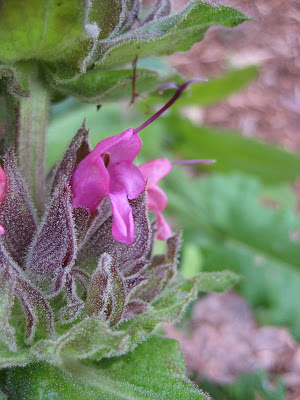A couple of weeks ago, the
Oakland Heritage Alliance gave a lecture and slide show (with a real slide projector!) about Idora Park. For those who don't know,
Idora Park is a small section in North Oakland where at the turn of a century, an amusement park gave hours of endless weekend entertainment. When competing amusement parks choked out business, the site became an exclusive neighborhood of Storybook Style homes for the local Italian population. Photos were taken from the
alamedainfo site, which has quite an impressive collection! Check it out!
I've done as much internet research as I could and have even spent an afternoon at the
Oakland History Room, but Ray Raineri's energetic storytelling and an exhaustive set of postcard images shed some serious sunshine on what Idora Park once was. Here's a few highlights:
-The entrance to the park was on Telegraph between 55th and 56th
-The rollercoaster sat along Shattuck Ave (maybe I'm living where the rollercoaster was!) Notice that it wasn't a rollercoaster, but a scenic railway.
-Among the many rides, ostriches also had their own area. The feathers were used to make hats.
-While parks today seem geared towards children, amusement parks of the Victorian era were marketed towards adults looking to spend their paychecks on a little fun
-A picture postcard of you and yours sitting in an automobile could be had for a hefty sum (5 cents? 10 cents? Can't remember the exact amount) Cars were still an unattainable rarity, but sending a postcard to a friend while looking smugly into the camera and clutching the wheel: priceless.
-The park featured a swimming pool and since swimming hadn't become a popular pastime, unisex swimsuits could be rented out for the day. I can't find photos online, but they are hilarious.
-Before the amusement park, the area was called Ayala Park and made for a lovely picnic spot on a sunny Sunday.
-It's been rumored that the windmill currently in the front yard of a house on Telegraph was part of the original park, however it was once a lemonade stand and has proven difficult to move since it was constructed with cast iron! If they can figure out how to transport it, I'd love to find it a home in the backyard! It was its own thing, however and not part of Idora.
Can't wait to find the Sanborn maps and see what other mysteries I can discover!































